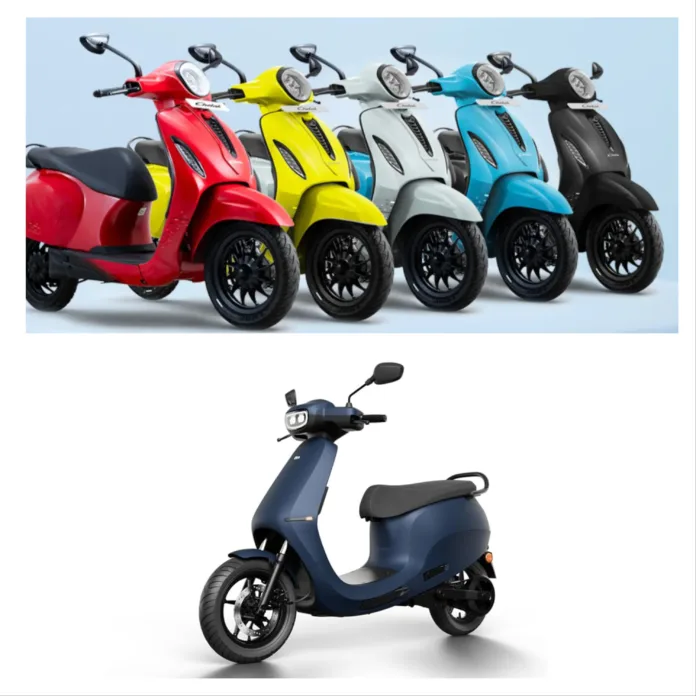Bajaj Chetak Overtakes Ola Electric: Rajiv Bajaj’s Big Win!
In a remarkable achievement for Bajaj Auto, the Chetak electric scooter has officially claimed the title of the best-selling electric scooter in India, surpassing its main competitor, Ola Electric. Rajiv Bajaj, Managing Director of Bajaj Auto, shared this exciting news during an interview with CNBC-TV18, highlighting the scooter’s impressive performance based on December’s VAHAN registration data.
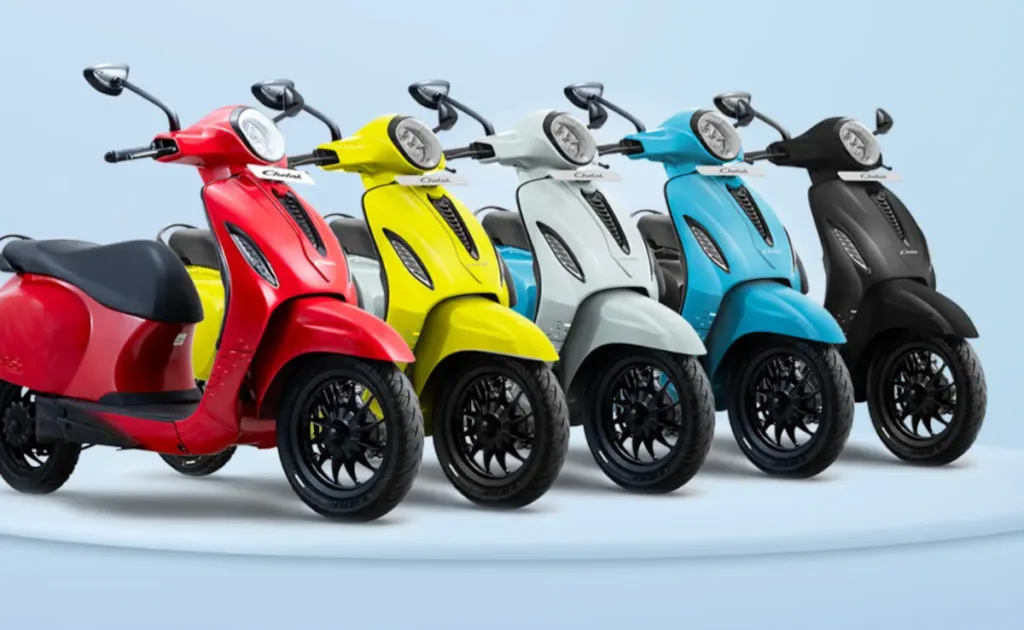
Chetak Takes the Lead
Bajaj expressed his delight, stating, “CNBC-TV18 is very lucky for me… my son Rishabh, who has been part of the Electric Chetak team for the past 2.5 years, told me this morning that our electric scooter Chetak is now the largest-selling electric scooter, not third largest, in the country.” This announcement marks a significant milestone for Bajaj Auto, especially as it narrows the gap with Ola Electric, which had dominated the EV market until recently.
A Competitive Landscape
The electric scooter market in India has become increasingly competitive, with Bajaj Auto and TVS Motor Company closing in on Ola’s lead. The success of the Chetak, alongside TVS’s performance, indicates a shift in consumer preferences as legacy brands gain traction against newer entrants.
A Playful Jibe at Ola Electric
While celebrating the Chetak’s rise, Rajiv Bajaj couldn’t resist a playful jab at Ola Electric and its CEO, Bhavish Aggarwal. He quipped, “Ola toh Ola hai, Chetak shola hai,” suggesting that while Ola remains a significant player, the Chetak is a fiery contender in the market. This light-hearted comment underscores the competitive spirit in the EV sector, where established brands are making a strong comeback.
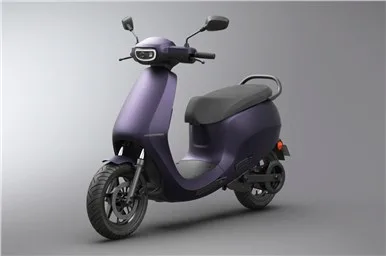
Bajaj’s Strategy: Betting on Legacy Brands
Bajaj’s success with the Chetak reinforces his earlier remarks about preferring legacy brands over newer EV makers, which he referred to as “OATS”—an acronym for Ola, Ather, Tork, and Simple. In contrast, he champions “BET”—Bajaj, Enfield, and TVS. Bajaj’s confidence in these established brands seems to be paying off, as they continue to gain market share while newer entrants face challenges.
Market Dynamics
Ola Electric, which had been a dominant force in the EV market until November, is now experiencing declining sales. Ather Energy is also facing hurdles, while Tork Motors struggles for survival, and Simple Energy is still working on expanding its market presence. Meanwhile, legacy players like Bajaj and TVS are enhancing their dealership and service networks, particularly in Tier 2 and Tier 3 cities, where newer brands have struggled to establish a foothold.
Expanding Networks and Future Plans
Bajaj Auto and TVS Motor Company are actively expanding their dealership and service networks, making their products more accessible to customers across India. This strategic move is crucial in a market where newer brands have faced challenges in reaching consumers outside major urban centers.
In response, Ola Electric is not standing still. The company plans to open 4,000 stores and service centers nationwide on December 20, signaling its commitment to maintaining a strong presence in the market. Additionally, Ola has ambitious plans for 2025, with multiple new product launches, including electric motorcycles and electric rickshaws, indicating that competition in the EV market is set to intensify.
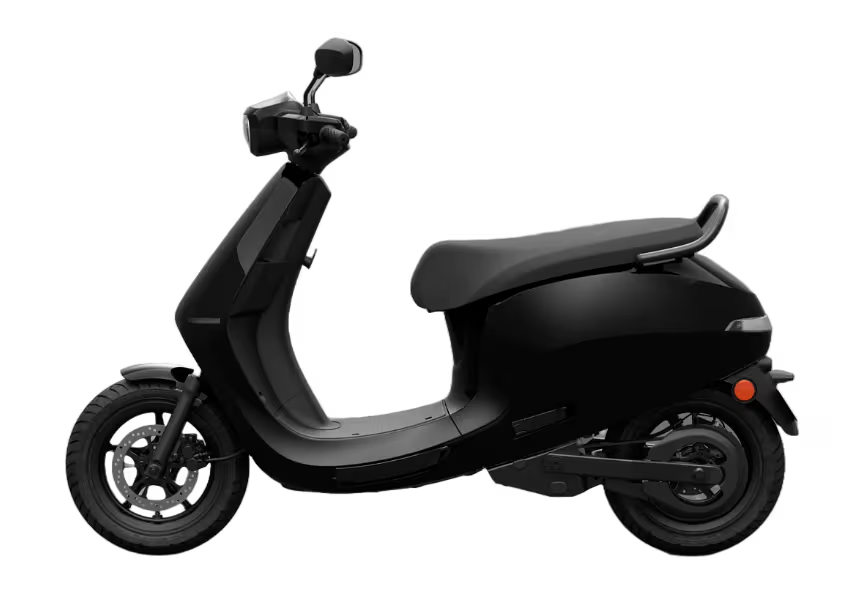
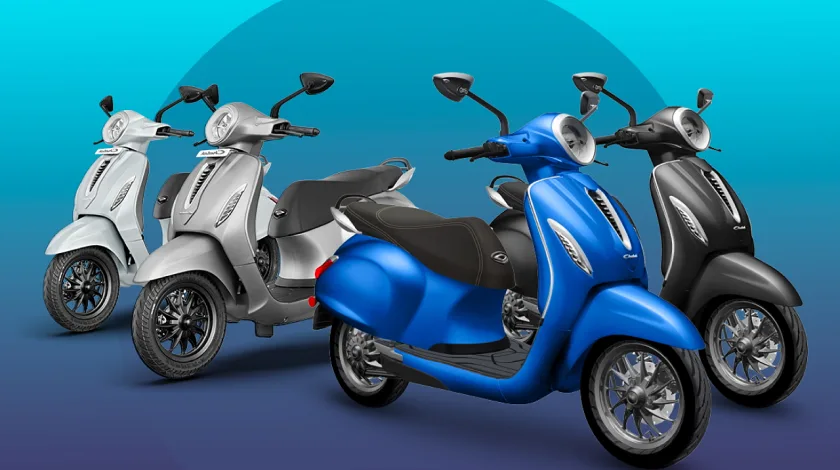
A Thriving EV Market Ahead
The rise of the Bajaj Chetak as the best-selling electric scooter in India marks a significant shift in the electric vehicle landscape. With Rajiv Bajaj’s playful remarks and the competitive spirit among manufacturers, the EV market is becoming increasingly dynamic. As legacy brands like Bajaj and TVS continue to expand their reach and innovate, the competition with newer entrants like Ola Electric will only grow fiercer.
As consumers become more discerning and demand for electric vehicles rises, the future of the Indian EV market looks promising, with exciting developments on the horizon.


